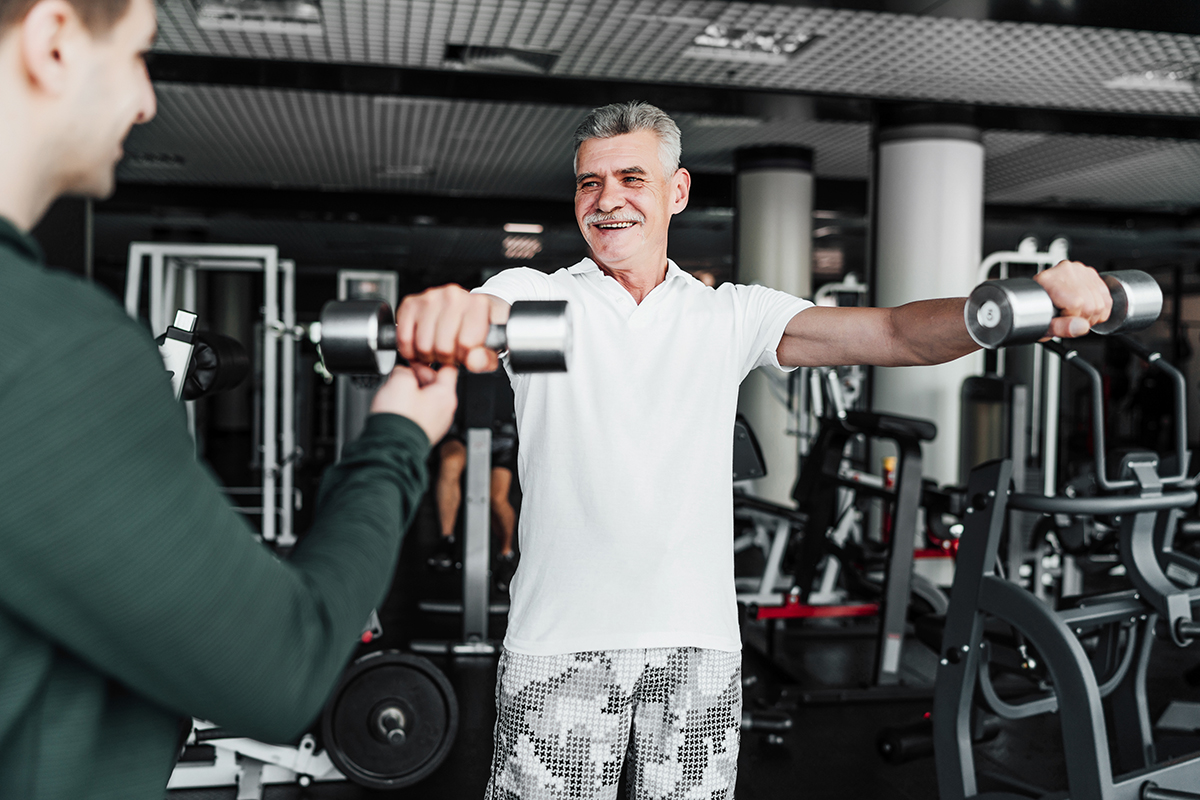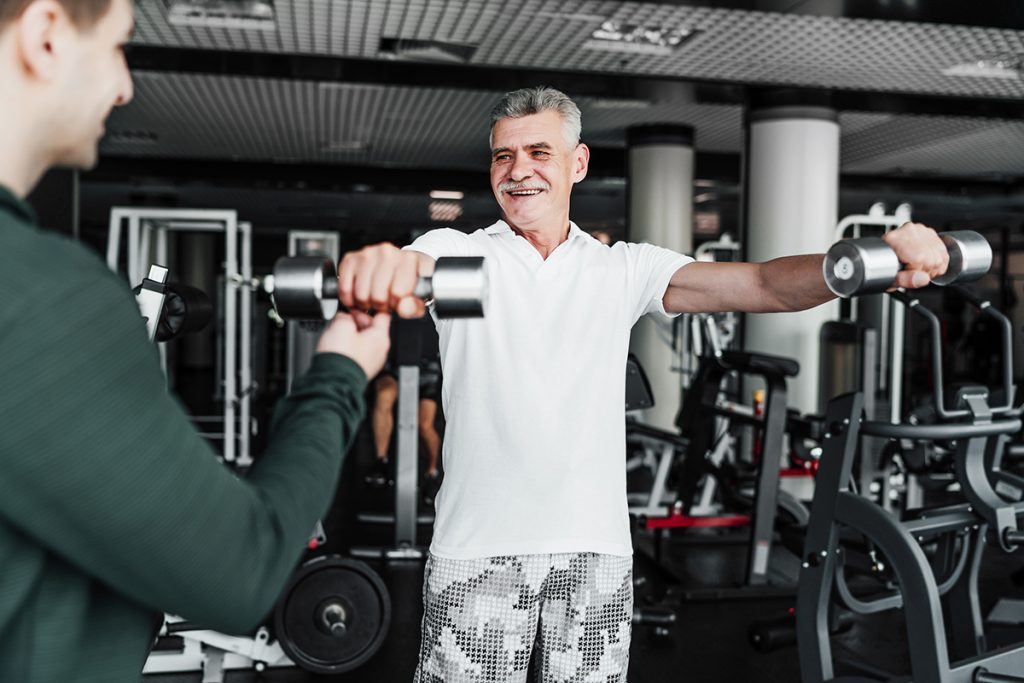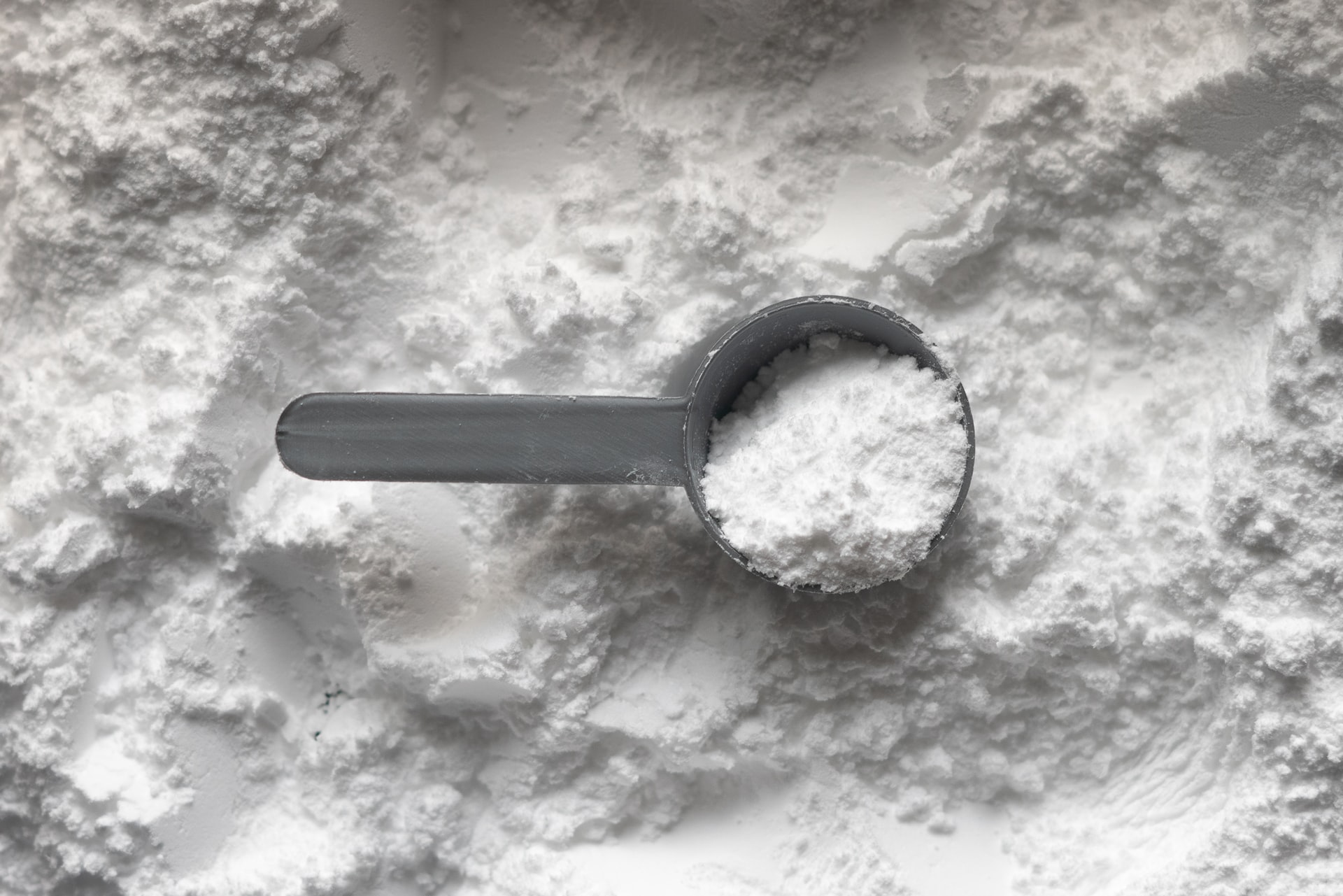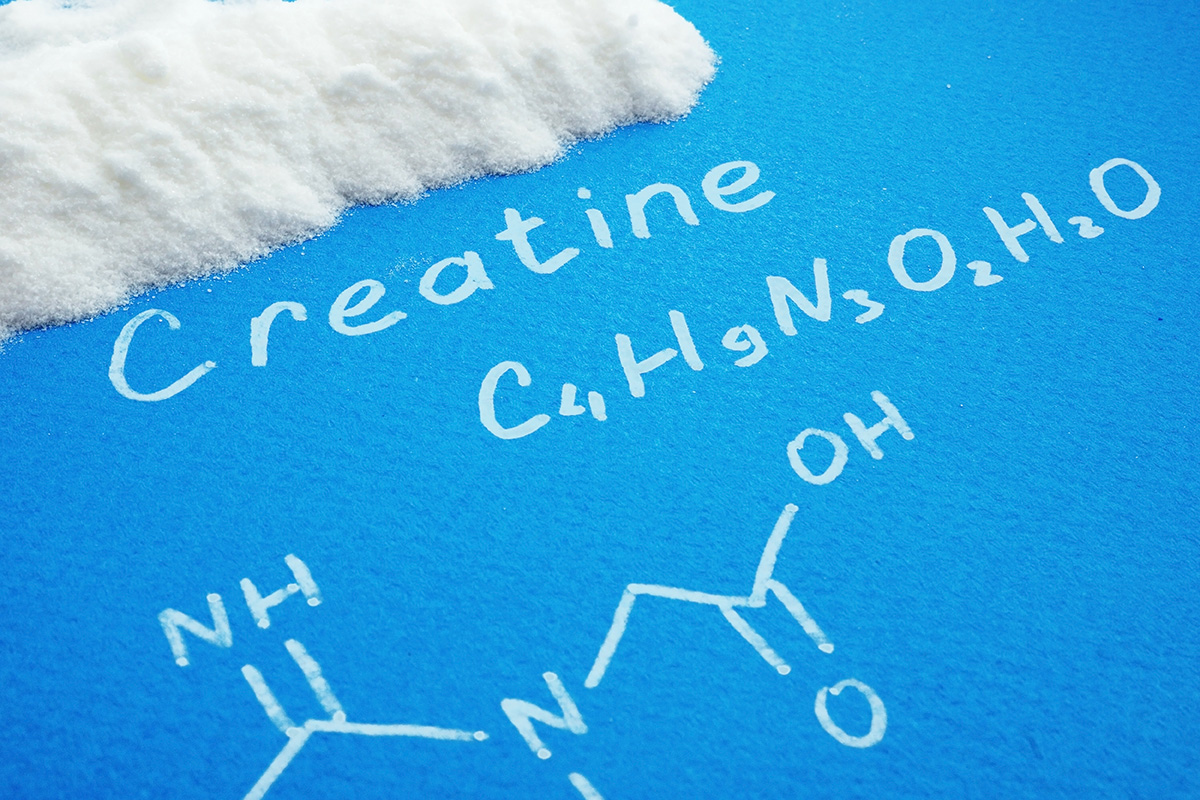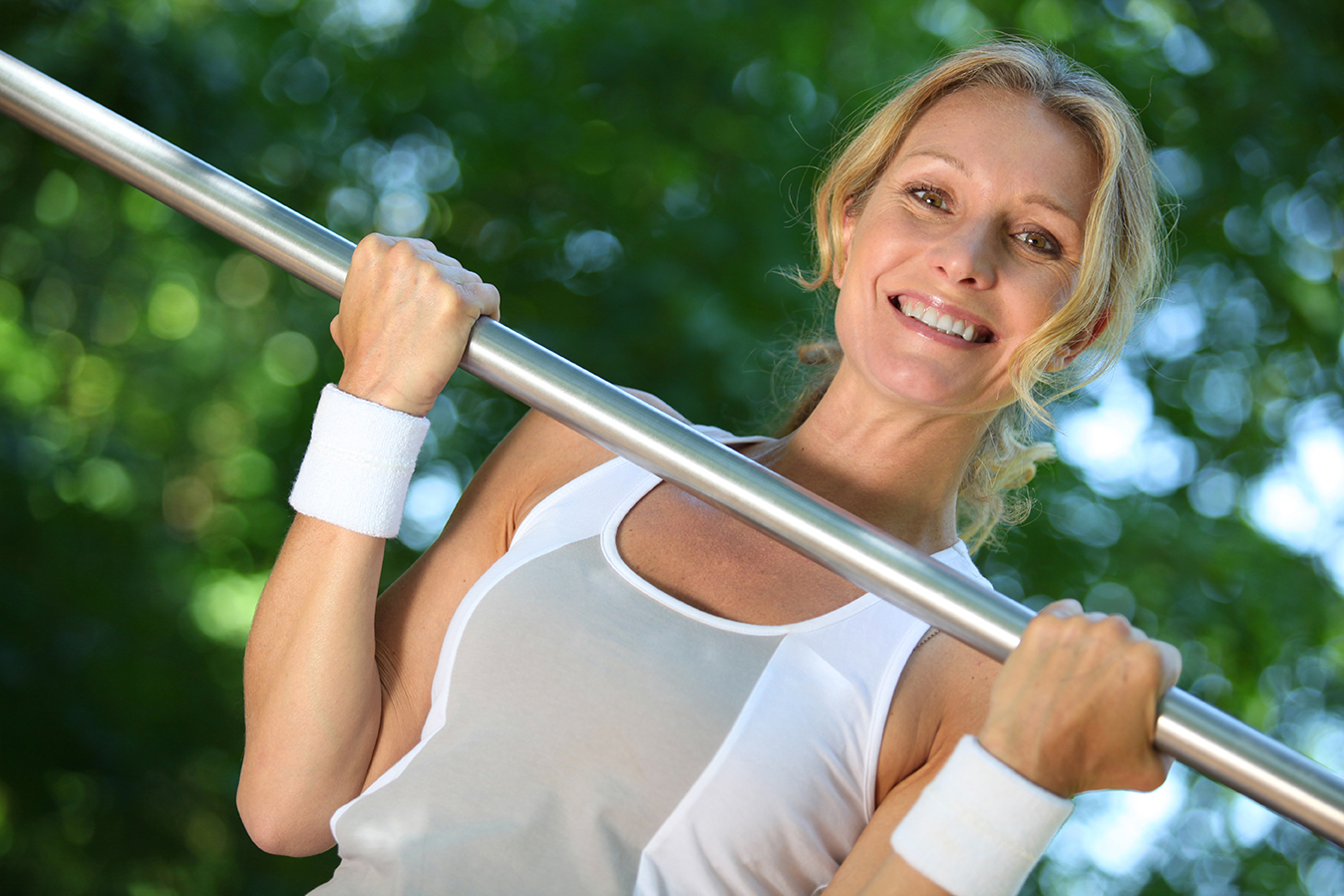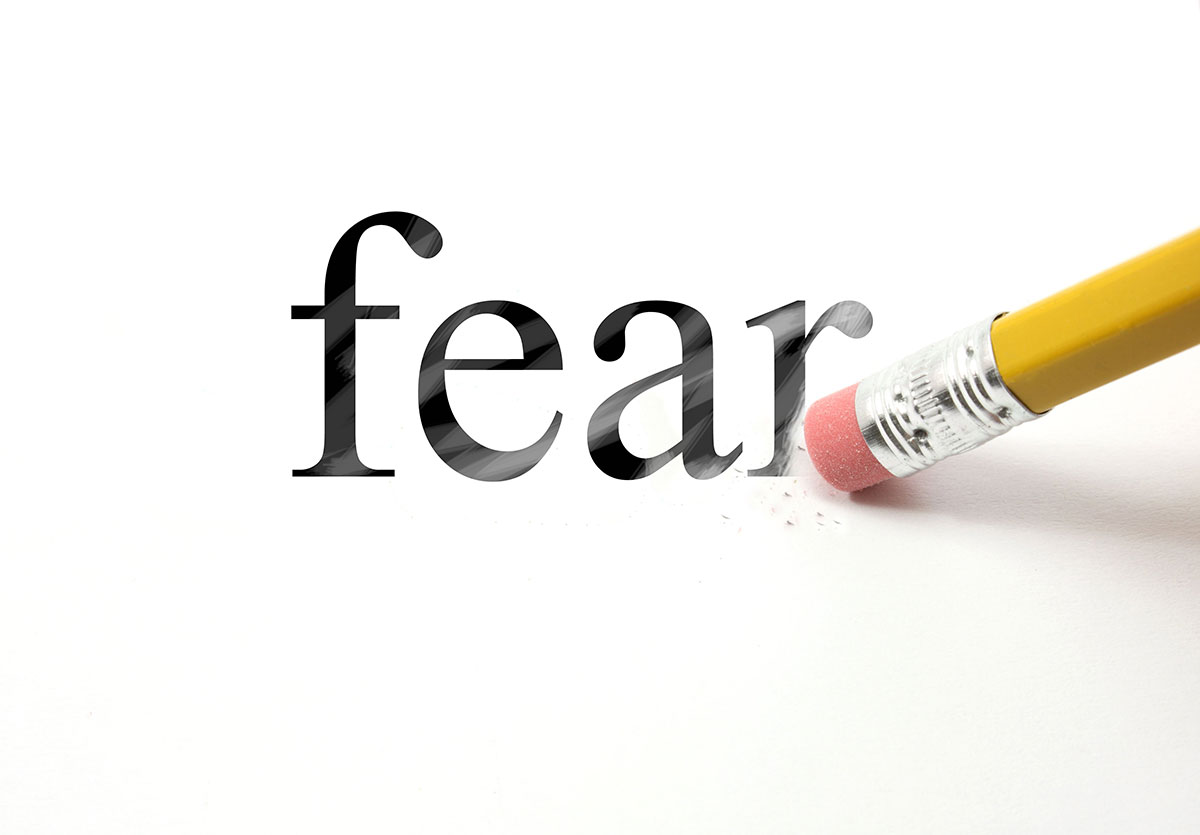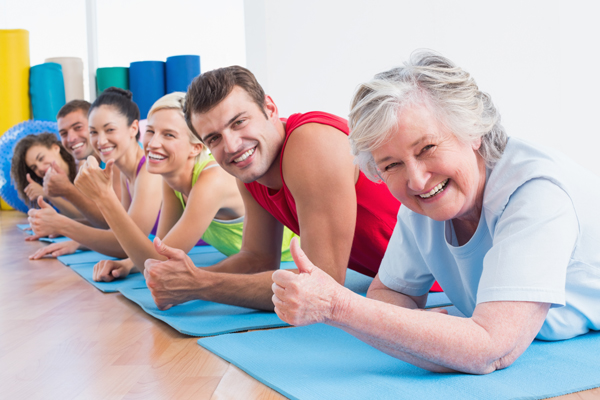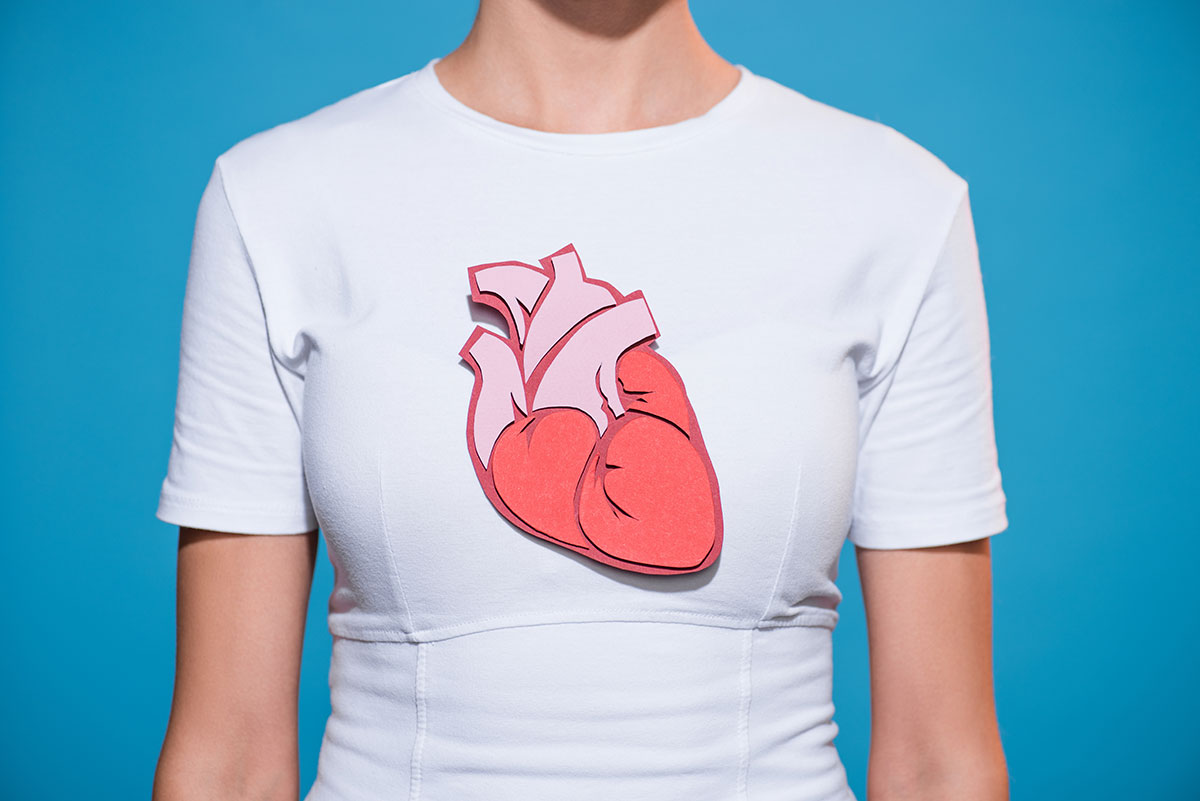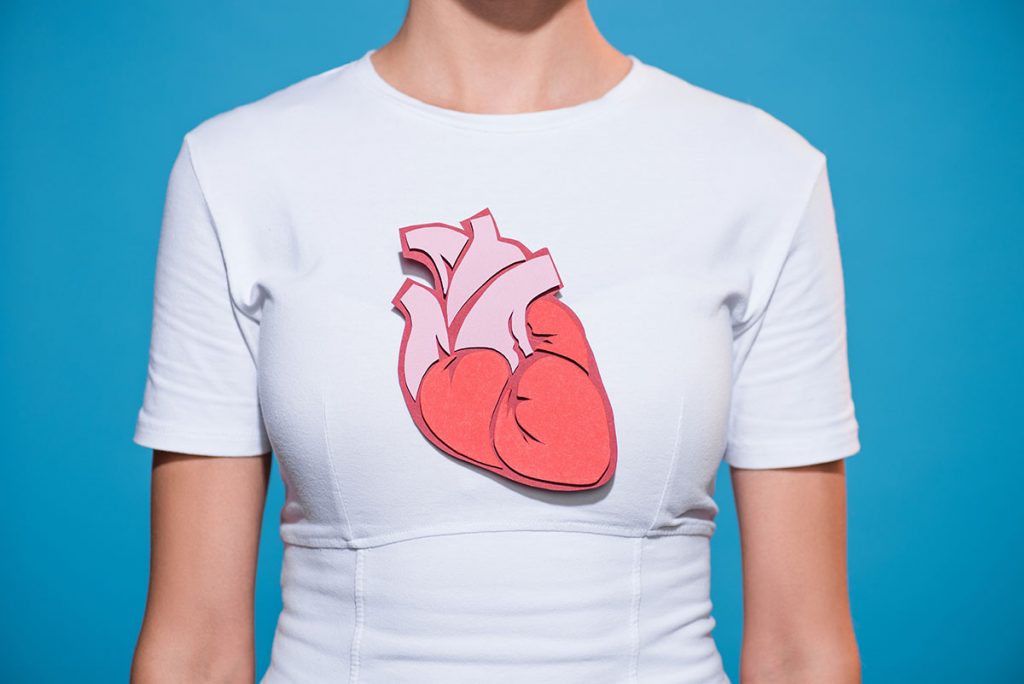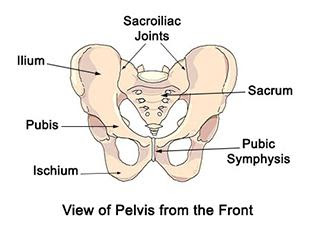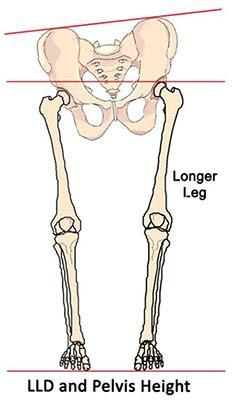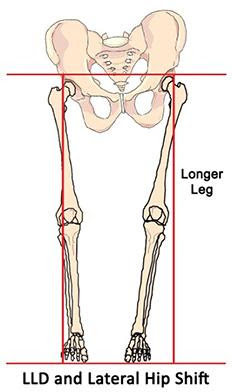Increase Core Strength by Improving Your Breathing
“Core strength” is a popular fitness buzz term, but what’s the big deal all about? Core strength is essential for all our movements. The core is a collection of muscles that stabilizes the central muscles in our torso and spine. As our body’s center, our core has the big task of holding us upright. A strong core makes everyday activities easier to do.
You might think core training is all about lying on a yoga mat doing interminable “crunches.” But there’s way more to core training than aiming for a flat tummy or a “six-pack.”.
Importantly, you use your core when you put on shoes and when turning to look behind you. Likewise, reaching that box on your top kitchen shelf, or sitting in a chair are activities rely on a strong core. In fact, you might not notice a weak core until these activities become difficult or painful. Significantly, a strong core is also how you avoid back pain as you get older.

Breathing Helps Build Core Strength
The key to building core strength is by employing stomach-based, diaphragmatic breaths, so that our torso and ribcage expand forward, back, and to the sides. Breathing in is bodyweight exercise that lengthens the transverse abdominis muscles and obliques, which helps build core strength. Breathing correctly can increase flexibility and lower the risk of exercise-related injury. Also, a strong core helps with things like balance, and, oh yeah… it makes you look thinner.
4 Common Breathing Problems
1.Your neck, chest, and shoulder muscles feel tight. If you carry a lot of tension in the muscles around and under your neck, those muscles may feel painful or tender. Poor diaphragmatic control can cause neck and shoulder muscles to become short and tight. Slouching means you’re not activating your diaphragm when you breathe.
2. You sigh, or yawn frequently. If you must take a deep breath, sigh, or yawn every few minutes, it’s a sign that your body isn’t getting enough oxygen when you breathe.
3. You breathe with your mouth open. Unless you have a sinus infection or congestion that prevents you from breathing through your nose, your mouth should be closed as you breathe.
4. Your resting breath rate is too fast. A normal, resting breath rate should be about 12-20 breaths per minute. If the number of times you breathe each minute is too fast, your breathing is probably shallow. A normal respiratory rate keeps the balance of oxygen and carbon dioxide even in the body.
4 Ways to Practice Correct Breathing
1. Keep your shoulders still. Sit in a chair that has arms on the side. Support your arms and elbows by the arms of the chair. As you inhale through your nose, push down onto the arms of the chair. Exhale while you purse your lips and release any pressure on the arms of the chair. The purpose of this exercise is to keep you from elevating your shoulders as you inhale, which can cause upper chest breathing.
2. Slow your breath. Pursing your lips forces you breathe more slowly. Start by creating as small an opening as possible in your mouth when you breathe. Imagining you’re blowing through a straw or blowing at a candle only hard enough for it to flicker, but not blow it out. Breathe in through your nose for 2-4 seconds, then breathe out for 4-8 seconds, keeping your lips pursed. Repeat this for about 3-5 minutes.
3. Use upper chest resistance. Lie on your back, place a hand on your upper chest, apply slight downward pressure to the hard bone (your sternum) in the middle of your chest and maintain that pressure while you inhale and exhale. This will force you to “bypass” your chest while breathing and start to breathe from deep within your belly.
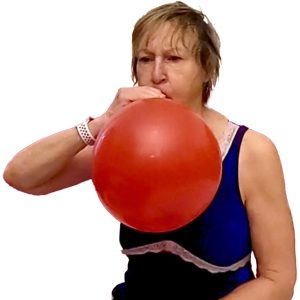
4. Blow up a balloon. When you blow up a balloon, you activate your abdominal muscles, align your spine and pelvis, and contract your diaphragm. Blowing up a balloon works your deep core muscles. It also requires all your mid-section muscles to work together. Sit on a chair with a straight back, or the floor against a wall, with your knees bent and your feet flat on the ground without leaning against the chair back or wall. Inhale deeply from your nose with your mouth closed, pushing your belly out. Then exhale by blowing slowly into the balloon, exhaling as much air as you can. Your deep abdominal muscles activate as you blow into the balloon.
Jacqueline Gikow, whose holistic, health and wellness practice centers on pain relief through better movement, is the owner of Audacious Living NYC™. She is certified through the National Association of Sports Medicine (NASM), the National Board of Medical Examiners (NBCHWC), the Functional Aging Institute (FAI), Medfit (MFN), and the Arthritis Foundation (AFAP/AFEP). Her fitness practice includes in-home and remote, one-on-one fitness training and coaching in New York City. Visit Jacqueline’s website at audaciouslivingnyc.com, or on Facebook.
References

